
I’ve been involved in making leaflets for political demonstrations, but most recently the art collective I’m in produced a small zine for one. I’m going to try and explain why we did this.
Our zine was titled International Workers Memorial Day 2023, and was distributed at May Day demonstrations in Glasgow and London. We found the subject matter lent itself to an approach that suited our art group’s communicative style, and we also wanted to seriously work through what would be an appropriate response to the theme of memorialisation. A community’s approach to mourning and celebrating life/death signals something important about the attractiveness of its character. How we do this matters.
For better or worse, there is a cultural tendency to keep certain forms of politics apart from mourning. To make political work about memorialisation, we have to accept some different rules, have to meet grief on its own terms before we can do anything with it that doesn’t appear to rob it. To act politically in relation to memorialisation requires a different sensitivity to the material under consideration.
The type of intervention we deemed appropriate is what our group understands as non-didactic, what I think of as demonstrating an oblique or diffuse political style. While our group has some definite points of agreement, there are some subjects where vaguely expressed attitudes that capture something of our place in an unfolding dialogue work better. Maybe this can be thought of as a dilemma between holding a ‘political line’ vs cultivating a structure of feeling/‘vibes-based politics’.
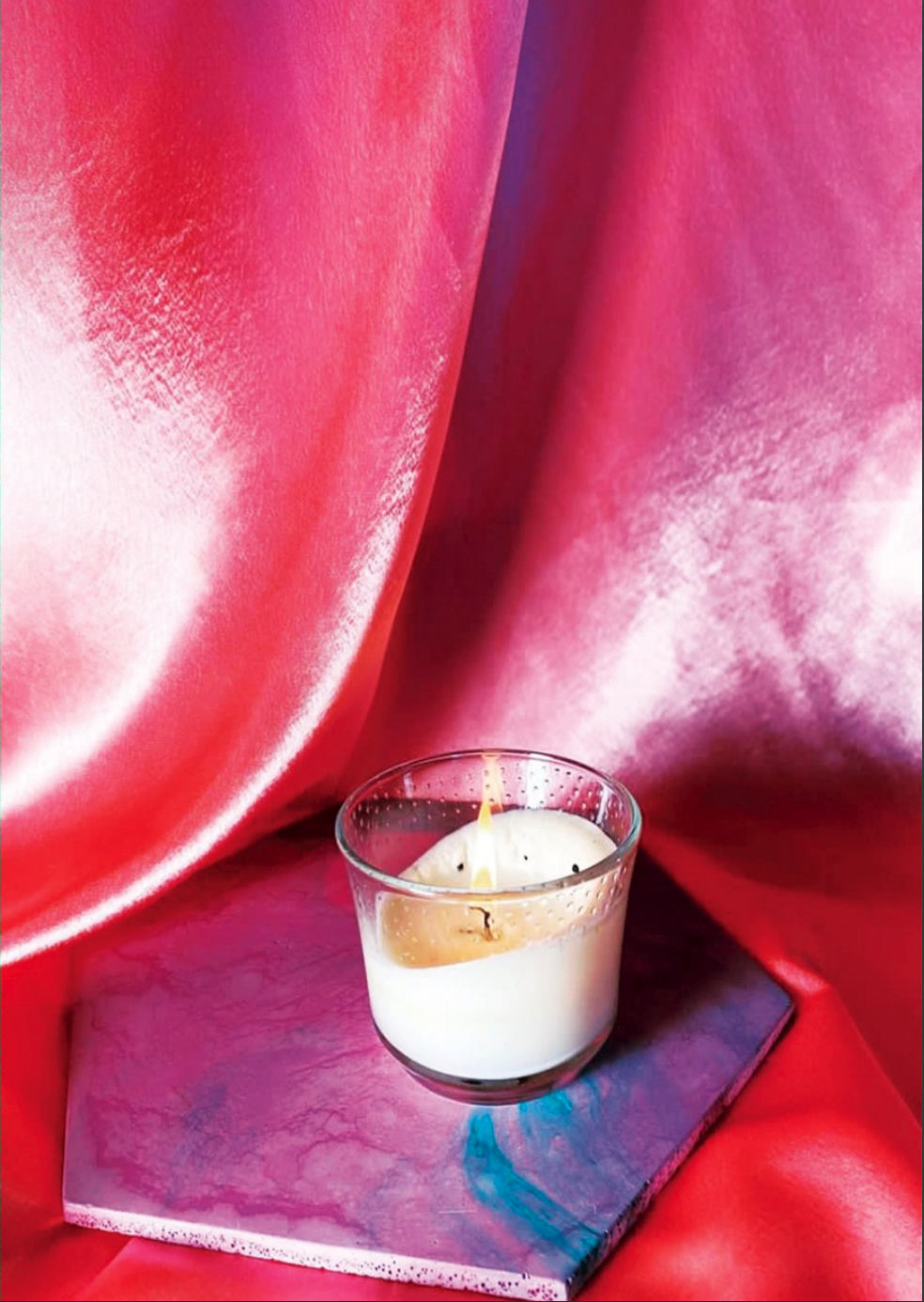
In the case of this specific intervention, we were communicating with an audience composed of people who care enough about the labour movement to attend a May Day demonstration in the UK. It is hopefully understood from our work that we wanted to help people into a more internationalist view of class, and to reckon with the reality of a labour force with divergent needs and priorities.
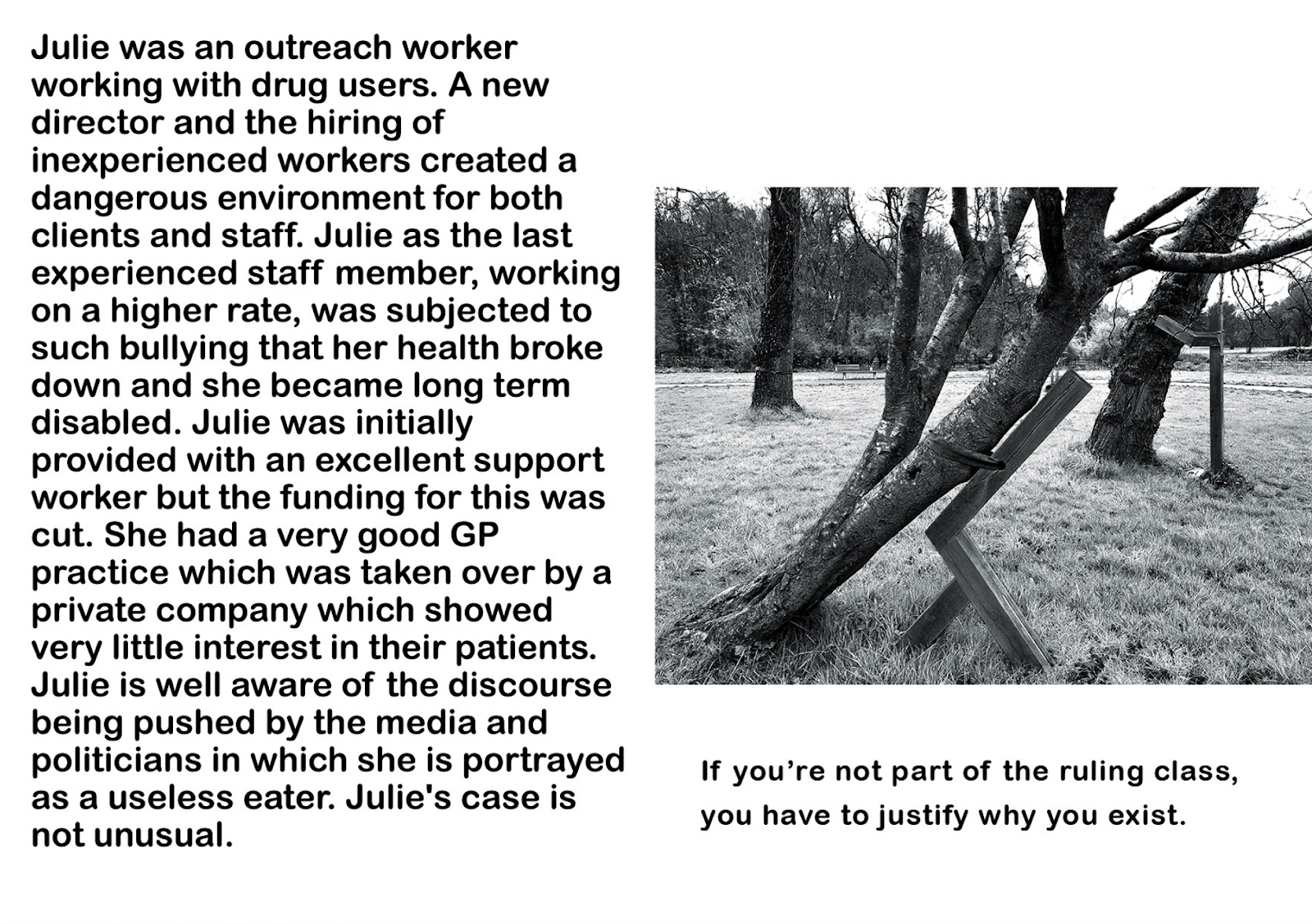
In our art, here, we don’t want to take a wholly argumentative or declarative textual approach because, as mentioned, we identify the subject matter as poorly suited to this manner. But additionally, we avoid this style because we believe in making the most from our total ability to communicate. There are people in our movement - or more often on its peripheries - with the skill and desire to communicate in unusual ways, and it's our movement’s loss if we fail to figure how to include their energy in the struggle for a classless society.
At the same time: I do believe in the need for a confluence of political and stylistic positioning - as in politics so in art - but this should be conjunctural. There’s an Asad Haider article about the Chinese Cultural Revolution that I think gets at this. Haider relates how a plurality of co-existing political experiments during this period of decline in Chinese working class power became strategically necessary (though not wholly sufficient in itself) to overcome counter-revolution. In the UK now, where the capitalist-aligned classes similarly appear to face no singular, leading mass movement coherent or capable enough to surpass them, where there is no mass organisational force and programme around which we must all evidently trend in the same direction, plurality is again the word.
Probably the most recent situation in the UK that seemed to suggest a large-scale coherence of communist positioning was during the Labour Party’s Corbyn years. Please allow me to divert here into a very quick appraisal of this as a case in point for how politics and art were cohered round a mass movement.
At its worst, the cultural output of Corbynism’s leading, nascent cultural institutions (The World Transformed, Tribune, Novara Media, Grime4Corbyn), was characterised by a sycophantic, idolising, forced enthusiasm. This may be the style that a closeness to bureaucratic power tends to bring forth. On the fringes, however, were lively experiments taking place amongst Twitter users - most notably, the array of ‘Trevor Bastard Extended Universe’ accounts, which developed a new style of parafiction uniquely suited to the participatory medium and shifts in the balance of political power. The former attempted to inculcate a collective projection into some future idyll of material abundance and comfortable self-governance, the latter focussed on criticising the movement’s antagonists. (I probably missed the best of the worst though, so would welcome hearing more about positive Corbyn-aligned artworks that didn’t end up falling heavily back onto the movement leadership’s icons and slogans.) How Corbynism might have institutionalised this latter cultural tendency had the political fortunes leading up to 2019 been different, is a question we can only dream of answering. I think to be fair this was a radically new situation for many of us, so it was understandable that some of us would try on things that didn’t really fit as part of finding out what would.
That said, it must be clear that developing a style from the fantasy of wielding big institutional power is a bad fit for those of us working through socially progressive organisations and campaigns in 2023. So what is this little zine? How is enough power amassed to realise its political and stylistic aims? Are we interested in power? Should we receive institutional support, from where?
In its way, a zine such as this can work as a connecting object between different points in a field of actors organising for progressive social causes. One of the most actually prominent, though least recognised, reasons for art’s existence is to serve as an alliance-forming entity that softens differences between factions. Part II in Larry Shiner’s The Invention of Art makes a case for recognising how in the Eighteenth century, art revolved around the “creation of a common arena of high culture and fine art in which the nobility, gentry, and educated middle class could share”. The coalescence of social power blocs into a ruling force can be facilitated by art. Shiner goes on to quote the view of Lord Kames, that “by uniting different ranks in the same elegant pleasures, they [The Fine Arts] promote benevolence; by cherishing love of order, they enforce submission to governance.” I want to tentatively say from this that the outlined social function of art can be applied from any point in the arena of class struggle, and on scales far smaller too.


So what do we - the makers of this zine - want to coalesce our allies around specifically? As mentioned earlier, part of our intervention comes from a felt need to experiment with styles that are non-didactic, or developing on from this, approaches to communication that are non-analytical.
We learn from reading artists’ statements and interviews, how art tends to hide the analytical thinking that goes into its making.
In the case of Conceptual Art, this transposition of analysis into non-analysis is turned into a formal technique of display. The explanatory text is presented as a discrete but fundamentally co-constitutive part of the work. Take for example, Forbidden Colours, by Felix Gonzalez Torres (1988). The accompanying written text demonstrates an adept grasp of analytical language and thought that does not show up in the image he has presented. I’m using this example to quickly present a mechanism that can show up in some art - analysis goes to non-analysis.
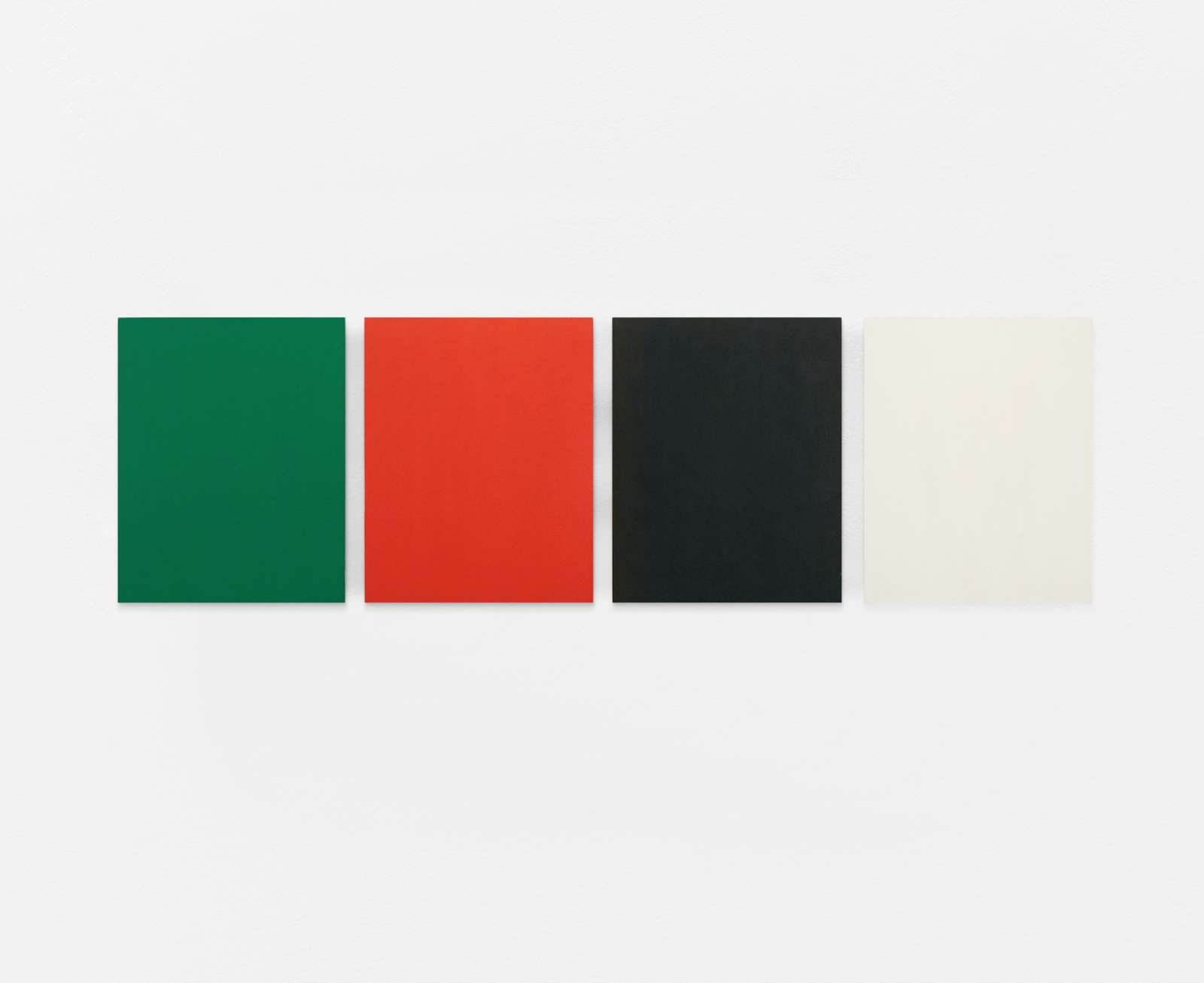
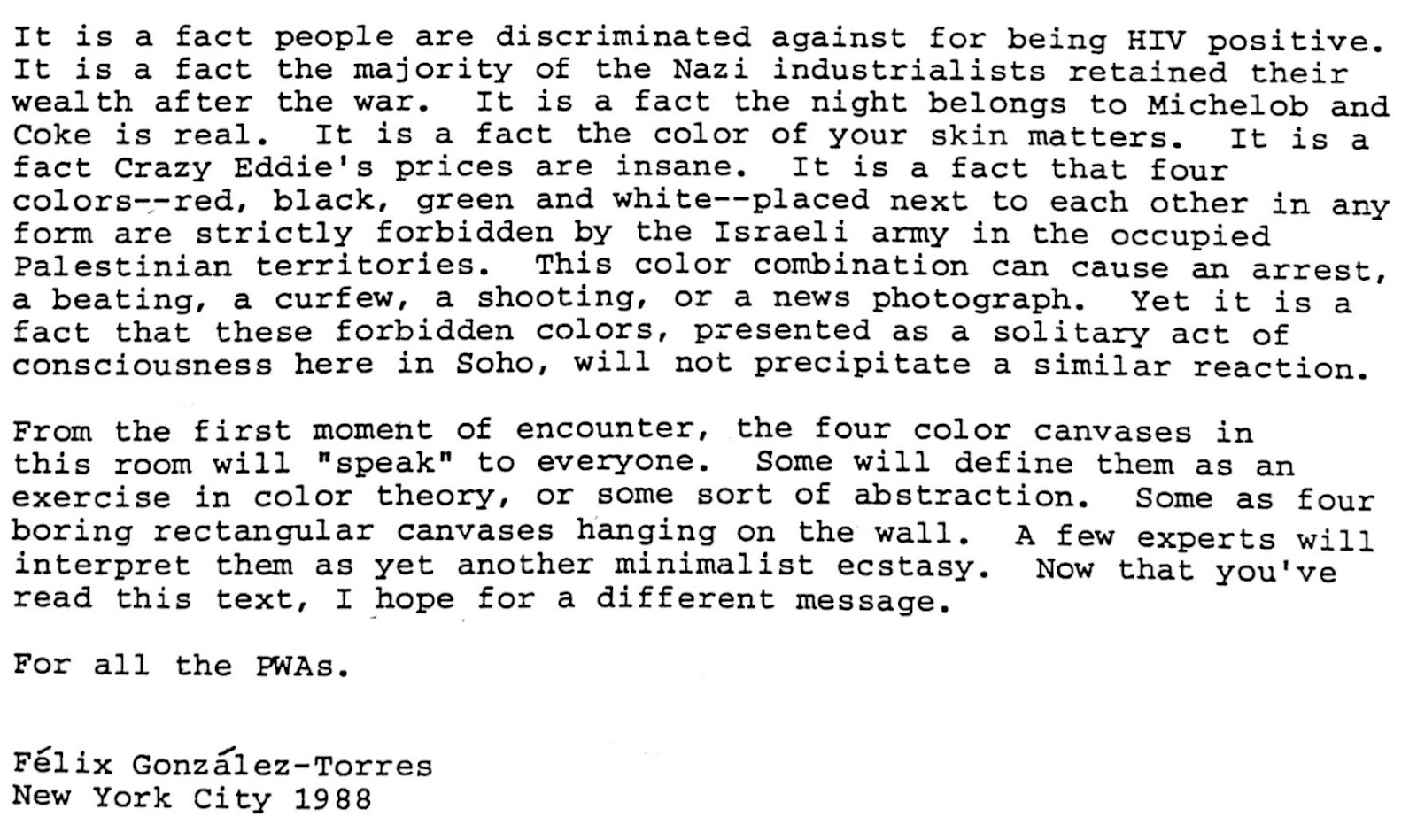
But I would like to suggest that we do not in all cases have to see analysis as some kind of proof that validates an artwork, since there are times when artists work from intuition. A work might legitimately move from non-analysis to non-analysis. Because some artists are more well-suited to working from intuition, they may not generally think or know how to communicate analytically. Analysis, with its basic assumptions about language, is an ill-fit for the style of thought belonging to the historically situated artist-type. (Though we should be careful not to fetishise or exoticise this!)
My provocation here is that artists don’t find it easy - that to be good with words is an incredible gift. To hold a predisposition for cogent argumentation is like being born in a body that is white or male or holds any other quality that tends to confer social advantage. Perhaps this goes some way to explaining why Hamja Ashan’s book Shy Radicals has been so popular in art circles? Because in speaking to a phenomenon of introversion, it highlights a widespread lack of faith in one’s own ability to speak in concert with the dominant analytical style.
I believe that how we approach these differences should be a live question for our organisations. Is this difference something to which we should adapt our wider practices, or do we focus on training people into the style? I want to leave that open.
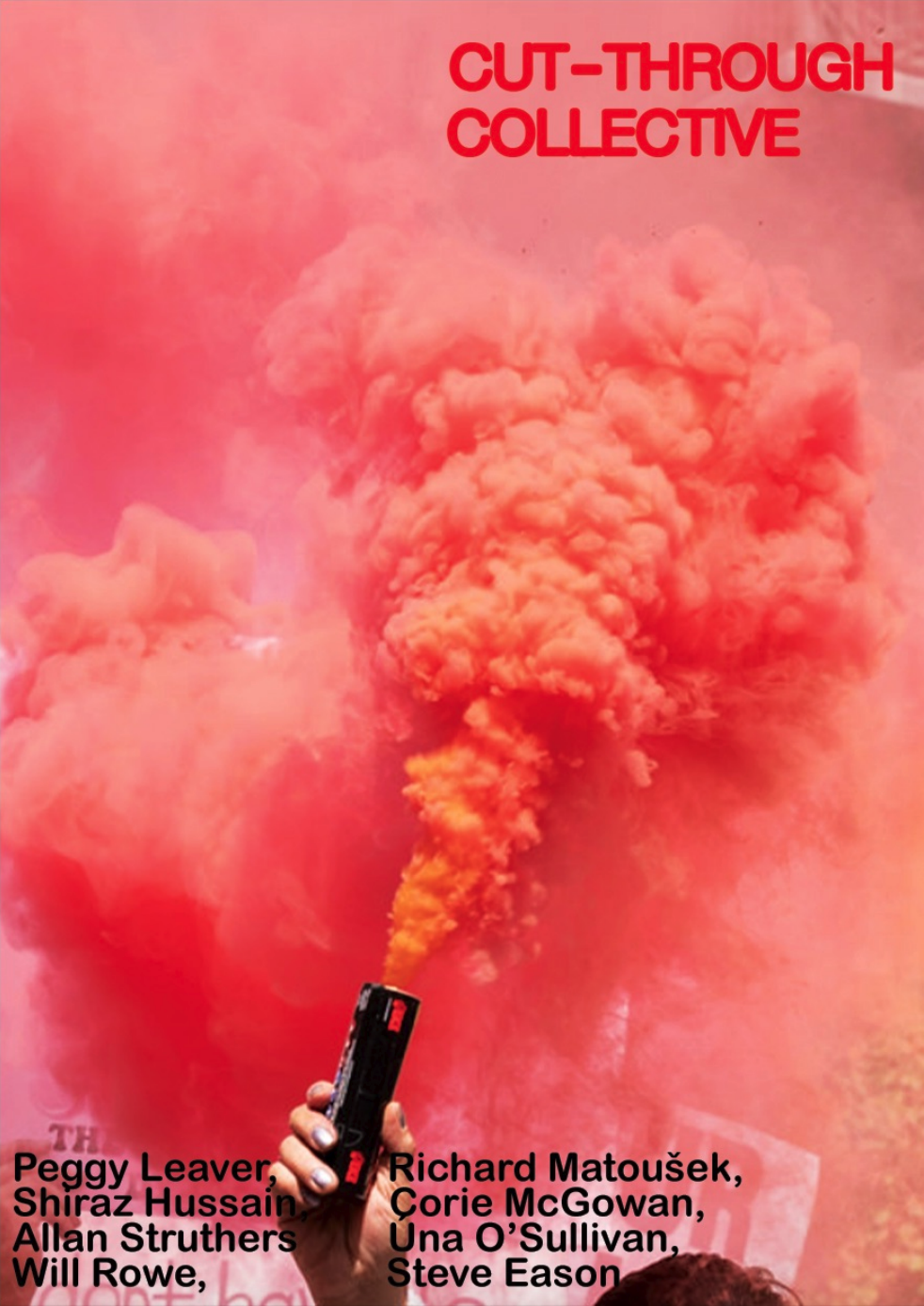
To round off, I think Cut-Through Collective made this zine as part of a project to include different types of communication in the culture of political demonstration. We wanted to experiment with styles that would be appropriate to the subject matter of grief, to our political aims, and our real position in a balance of forces. Finally, we wanted to find and gently shape some points of convergence amidst the extra parliamentary political left.


